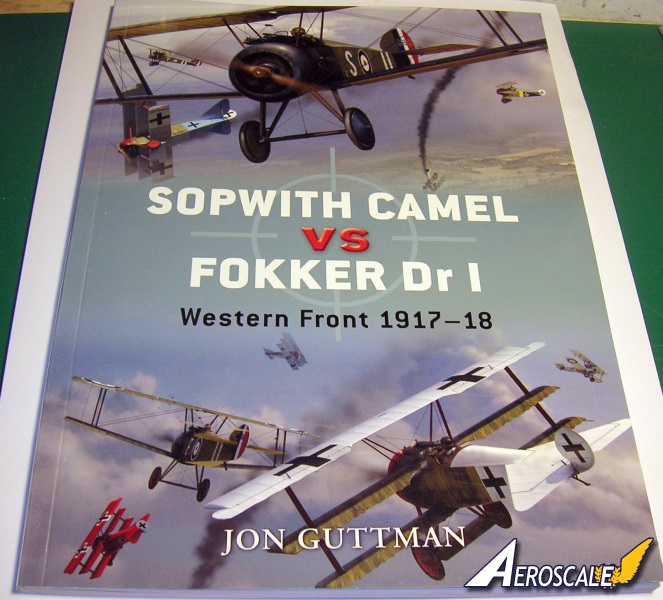Quoted Text
Stephen,
You lucky guy! So what is the conclusion of the author as to how well these dogfighters matched up? I'll have to acquire my own copy and find out.
Greetings Fred. The conclusions Mr. Guttman draws is mostly from actual accounts of British pilots and the statistics of known Dr.I victories during the German Kaiserschlacht Offensive "Operation Michael". These of course found in the Combat and Statistics. . . chapters. The Dual series of books is one of the few publications that actually tries to draw these conclusions. The truth is the Camel killed a fair amount of British pilots too. The tricky beast as it was known needed a capable pilot. The Dr.I had to be flown at all times. And when the Dr.I had both guns triggered in flight it could actually stall the aircraft in flight. They both took decent pilots to operate.
32 Sopwith F.I aircraft fell to German Dr.I pilots.
45 Dr.I aircraft aircraft fell to British Camel pilots.
Note! These included "forced to land" or "out of control" accounts.
My two cents:
The one advantage the Dr.I had was that the premier Fighter wing JG I & some of its components (Jasta 4, 6 & 11), had excellent pilots gleaned from other Jastas by its commander Rittmeister Manfred von Richthofen. His operational dicta was designed for success. It was then followed by JG II Jasta (12, 13, 15 & 19) had Hauptmann Adolph Tutscek another well known leader and finally JG III with JASTA (2, 26, 27, 36) commanded Hauptmann Bruno Loerzer. All had the Fokker Dr.I to one extent or another with a solid leadership that co-ordinated their efforts. The Germans focused on 2 seters. They seemed to do more with less. 320 Dr.I airframes manufactured.
The British had some great leadership in Major officers in individual units. Yet fighter wing operations seemed to be lead by desk bound Colonels. They seemed to do less with more. 5,490 Sopwith Camel airframes manufactured.











